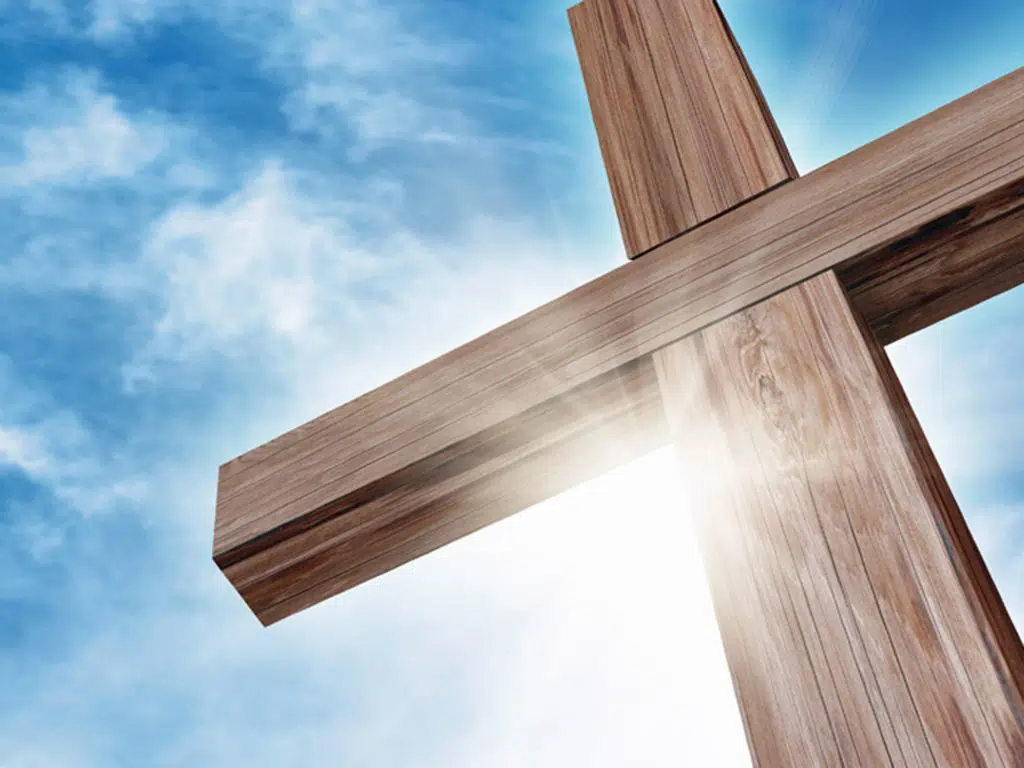It’s no surprise that there are hundreds of good Christmas songs that reflect the glory of Christ’s birth in sonorous splendor. But of all the Christmas hymns and chants and songs, which one is my favorite?
That’s a tall order to be sure. Some hymns are poetry, others chock-full of good theology, still others have such an endearing melody or harmony. I have many favorites. Yet if I have to choose just one, I think my heart always settles on “Silent Night.”
It’s not a theological heavy hitter, so why do I enjoy “Silent Night” most? It’s admittedly a bit difficult to describe any musical reasons in print, especially when I can’t sing it or illustrate it, but I’ll do my best. Why “Silent Night?” Perhaps it’s the shocking simplicity of it, and how the style and sound act like a musical icon, a gateway to bring us a little nearer to the mystery of God’s birth. What do I mean? Consider the following.
“Silent Night” is commonly performed as a lullaby, it brings to mind the cradle and the warmth and protection of a mother’s care as she sings her child to sleep. That’s certainly fitting for Christmas. If you don’t know what I mean, try making the rhythm physical by swaying slightly as you sing: first to the left on “Silent” and then the right when you get to “Night”. Left again on “Holy”, right on “Night” again. You start to feel the rock of the cradle.
Then there’s the chord structure, or the “bones” of the song, musically speaking. There’s not space for a full musical analysis here, but one is not really needed: It’s an incredibly simple chord structure with only moderate variation, mostly I, IV, and V. For those not in the know, those chords are the most basic of all basic progressions in music. It’s as iconic to the classical world as the 12-bar blues are to jazz. What does it tell us? This is a piece that’s accessible to all. It can be played by all and still remain a gem. It’s simple and yet profound, approachable yet majestic. Doesn’t that sound like the Incarnation? God becomes accessible, small, simple. Approachable by anyone. Yet at the same time he remains God, magnificent, glorious and beautiful.
Simple as it may be, there are still one or two interesting chords hidden within. Used sparingly, they occur at significant moments and pair with the melody (and lyrics) to emphasize a point. Here again you’ll have to sing along mentally to get what I’m saying. We can divide the song into three sections or ideas. The beginning section, which ends with “all is calm, all is bright” serves to set the stage and is relatively straightforward. It’s musical scenery. Then the next verses musically draw our attention to a part of the scene, a specific image we’re contemplating. This ends in “Holy Infant … ” The musical structure develops a bit to lead us in deeper.
Then finally, the melody in the last portion, beginning “sleep in heavenly peace,” reaches in contemplation toward the heavens. Listen to how the notes get higher in pitch and stretch. That first “peace” is really up there. Here’s where the chords and melody get more interesting. They emphasize the fact that we’re drawn away from the usual notes, the usual world of the melody to higher things. By looking at the Son of God as a baby, we’re drawn to higher, deeper things. Our contemplation of Christ spurs us to heaven. Then, as the last phrase ends, notice how the melody line descends again, the heavenly peace following us back to earth and cradle. How often does our contemplation of God bring us greater peace here below?
As I said, “Silent Night” likely won’t win the award for theological detail. Yet the melody and lyrics are endearing. Though really composed by Franz Gruber and written by Father Joseph Mohr, people had at one time suspected it to be the work even of Mozart. That does not happen by accident, or to kitsch. It’s a simple yet profound song of contemplation, a drawing near of the shepherds and wise men alike to the God who becomes simple and accessible to us. But it also is emblematic of the entire meaning of Christmas, where great beauty veils itself in humility to draw our hearts on high and bring peace and joy to the world.
*I should include some honorable mentions: I was sorely tempted to write about “O Holy Night,” which was originally performed as more of a military march and even caused scandal, or “Star in the East,” a hauntingly beautiful American composition found on the Rose Ensemble’s album “And Glory Shone Around.” Both are worth a listen and investigation in their own right.
Fr. Miserendino is parochial vicar of St. Bernadette Church in Springfield.



Pentecost Sunday